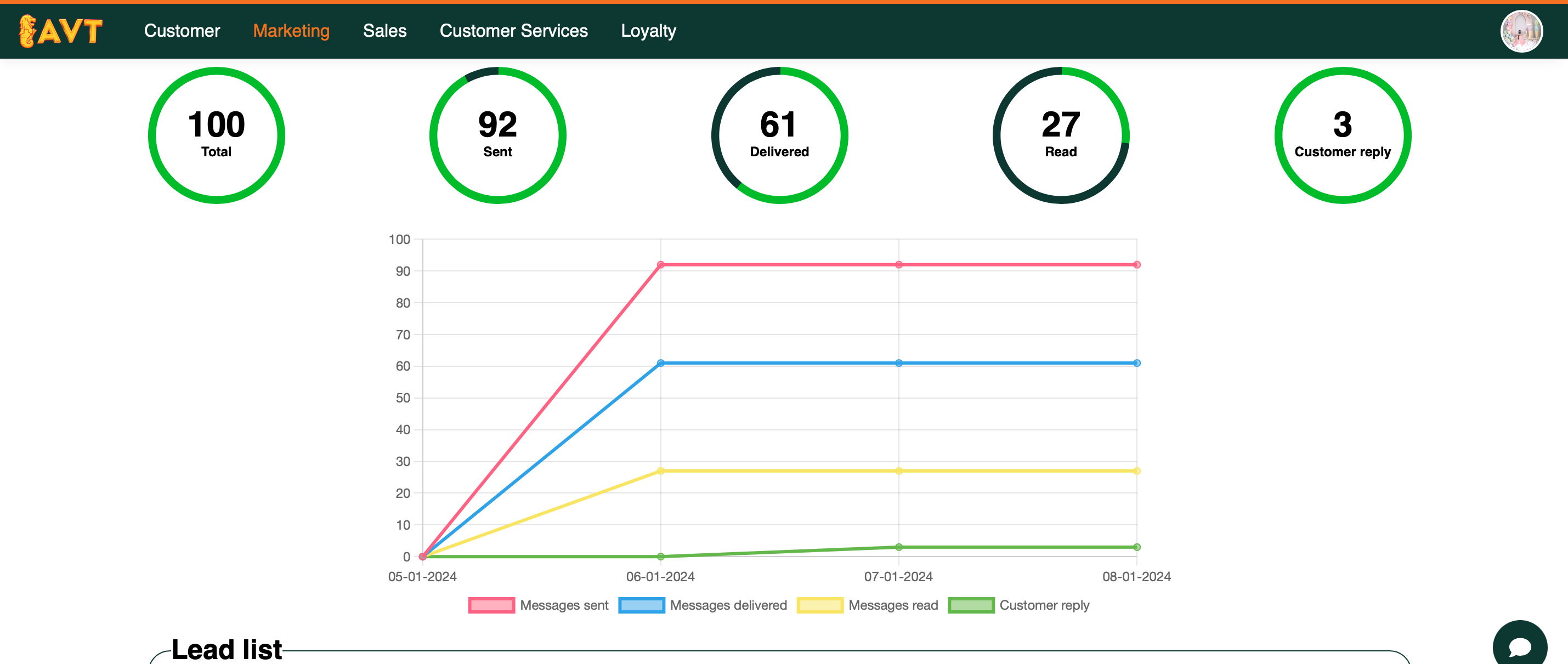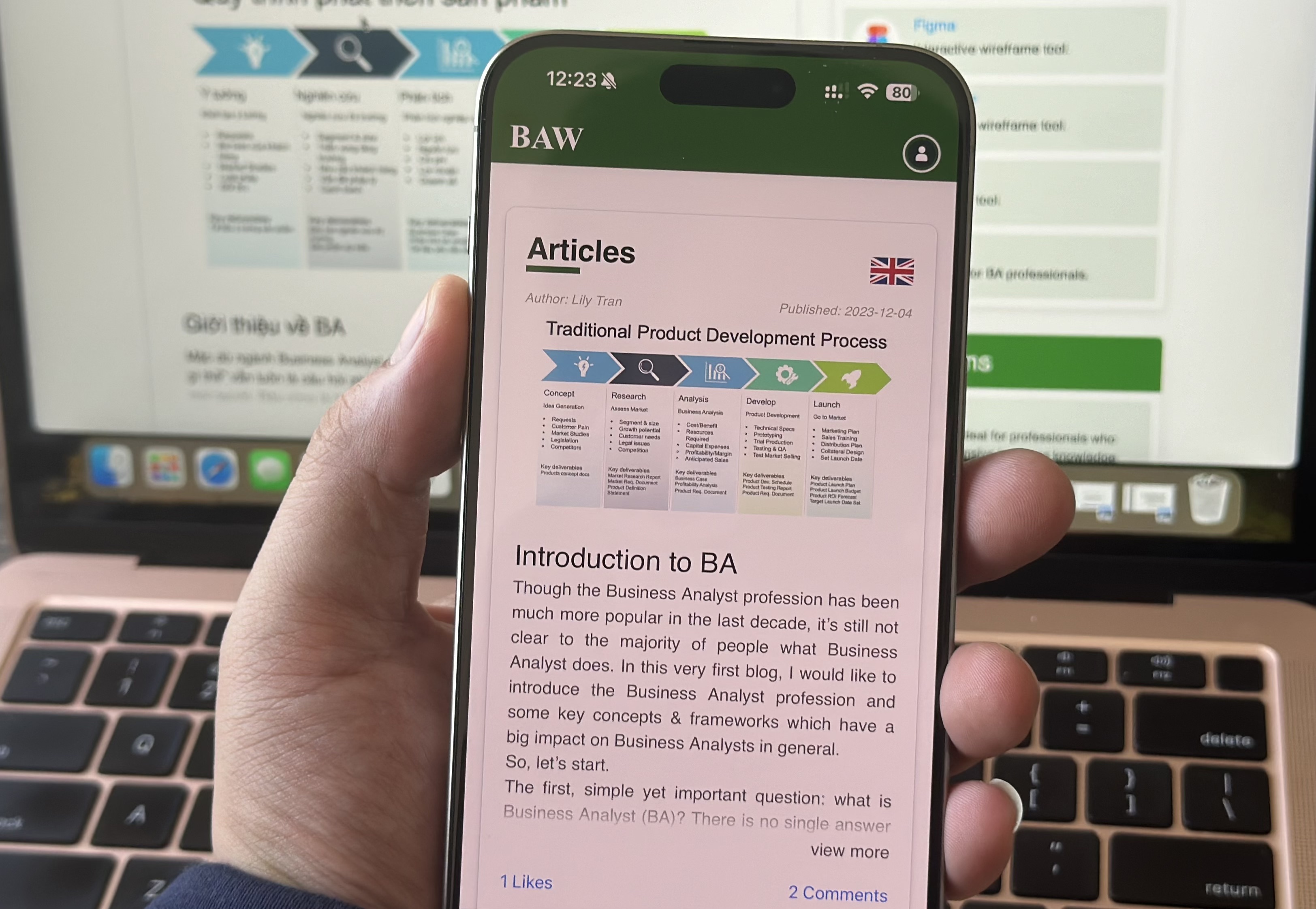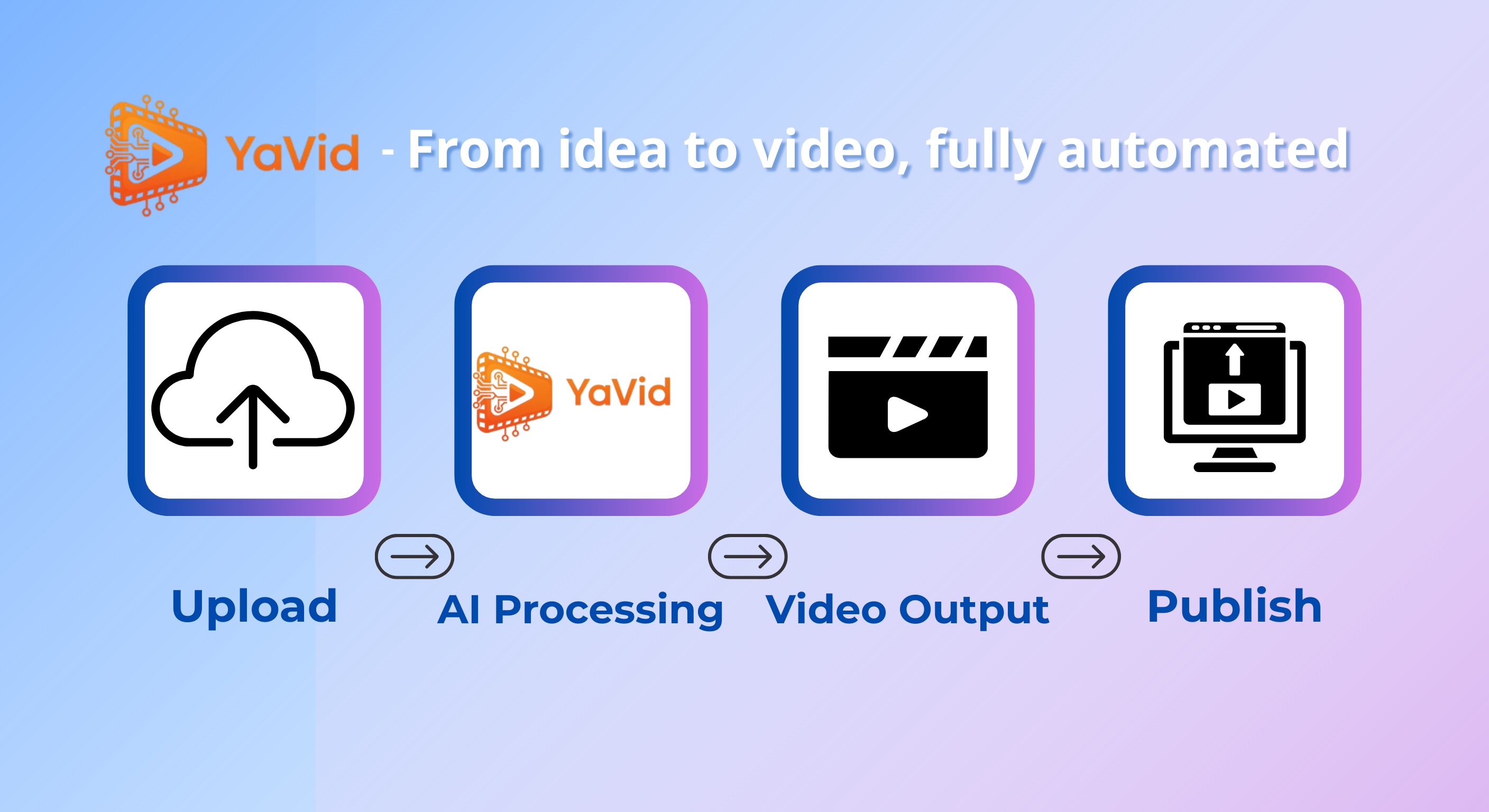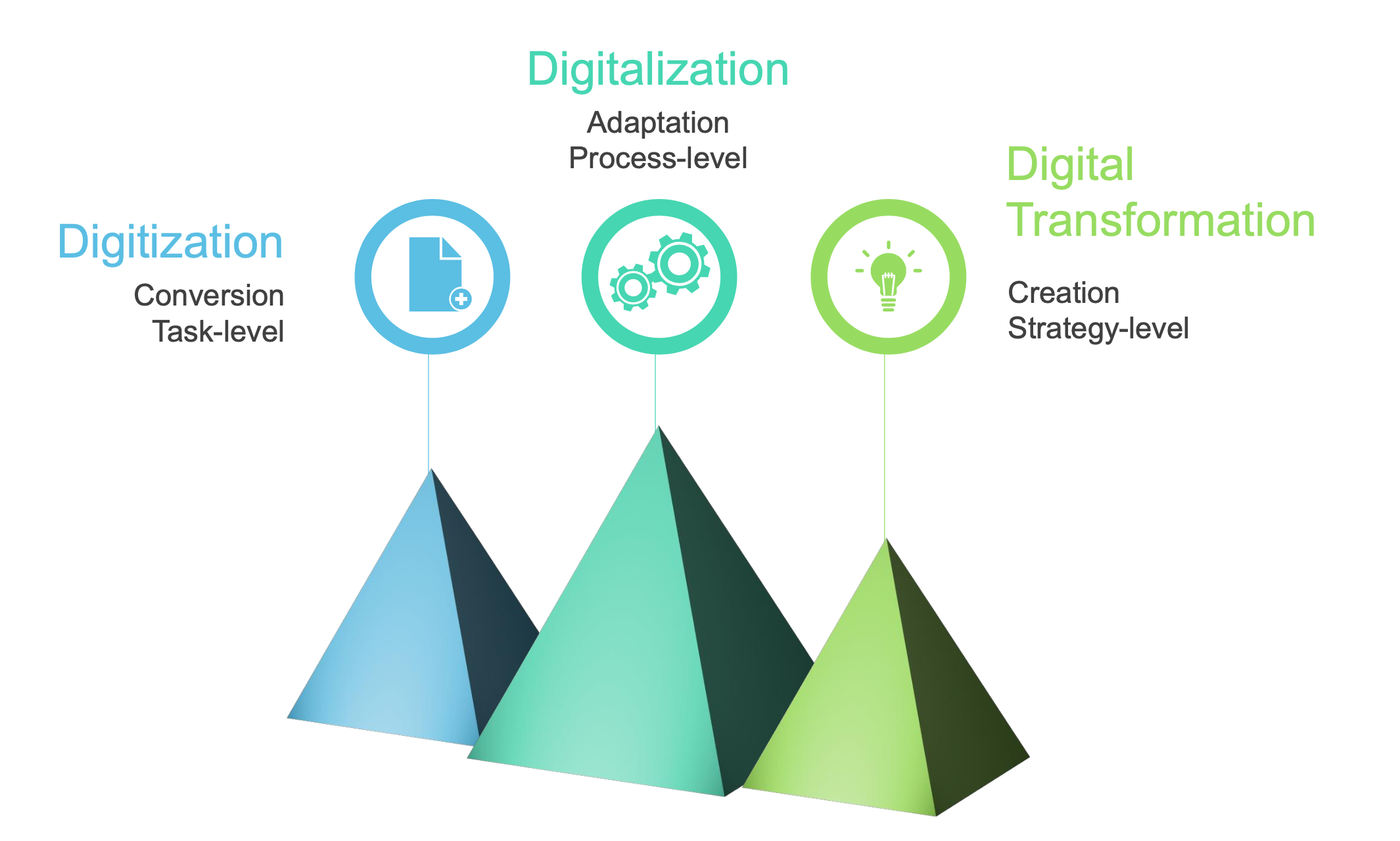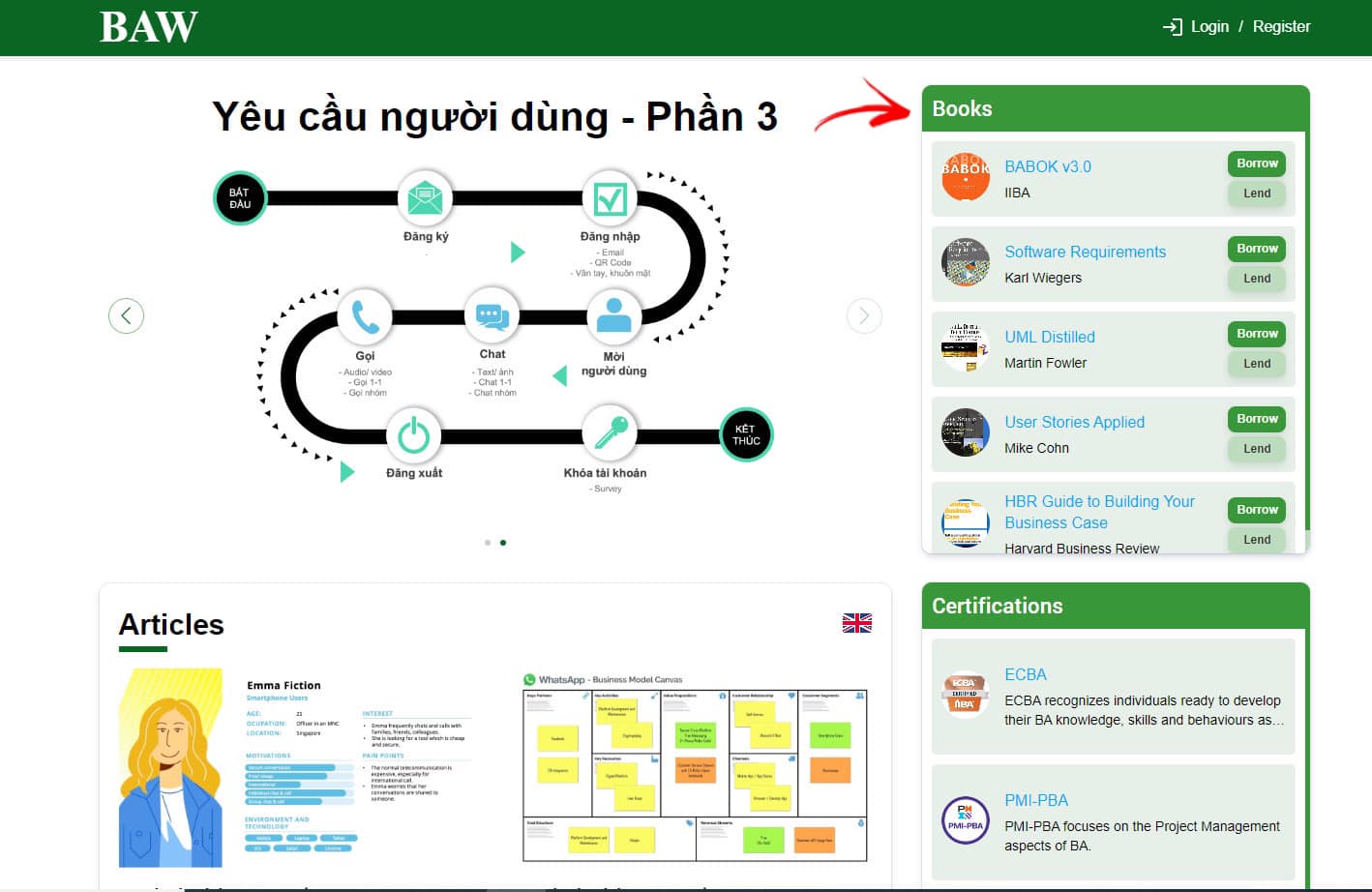Introduction to BA
14-11-2023
Though the Business Analyst profession has been much more popular in the last decade, it’s still not clear to the majority of people what Business Analyst does. In this very first blog, I would like to introduce the Business Analyst profession and some key concepts & frameworks which have a big impact on Business Analysts in general. So, let’s start. The first, simple yet important question: what is Business Analyst (BA)? There is no single answer for this. At concept level, BA is an agent of change (according to IIBA, one of the most prestigious communities of BA profession in the world). Diving deeper, what does BA do to deliver that value? They identify business areas that could be improved in terms of processes, products (software included), services, before introducing and managing change to organizations, whether they are for-profit businesses, governments, or non-profits. A BA straddles the line between Technology and Business to help bridge the gap and improve efficacy. Although working across multiple industries, BA normally go through similar processes. Each industry and company would tailor the process here and there to fit their need and maturity of their workforce, but the backbone of the framework is the same. Therefore, understanding these fundamental processes would facilitate BA onboarding to projects and help them quickly get their hands dirty. 1. Project Management Lifecycle A BA is a team member working in one or multiple projects at a time. Therefore, a sneak peek into Project Life Cycle will be helpful for BAs, especially in terms of planning/ anticipating tasks and workload during different phase of project. Typically, a BA of the vendor side (sometimes called outsourced) works in Delivery period, while BA of client side works in Initiation phase and provides deliverables acceptance during Delivery. BA working in a product team in a start-up or product-type company would normally participate in all phases. 2. Product Development Lifecycle Though Project Management Lifecycle is useful to BA, it’s under PM’s custodian. BA as a project member needs to know about project phases but not so much on the details. However, the product aspect of the project is under their lead. As such, there comes the need of getting familiar with the Product Development Lifecycle. Obviously, Concept, Research and Analysis stages are done during the Project Initiation phase. And business BA is the one taking note of the concept as well as product definition, to conduct business analysis later. The deliverable expected for this Business Analysis stage is business requirement, which is also known as Business Requirement Document (BRD) or Product Requirement Document (PRD). It is a critical input for the Requirement phase during Project Delivery. 3. Software Development Lifecycle For BAs working on digital-related projects, which contributes more than 90% of projects nowadays, it’s important to understand about the Software Development Lifecycle (SDLC). This process depicts stages happening during Delivery period. Technical BA will be leading the Requirement phase and assisting other team members during the rest of the time. Since the scope has been defined during the Initiation phase, the main purpose of this stage is to translate the already approved business requirements (BRD) into technical solutions which could be understood by the engineering team. This deliverable is the most popular to BAs, which is known under the name of Functional Spec (FS), Functional Specification (FSD), Software Requirement Specification (SRS), to name a few. From the angle of understanding input and output of each phase as well as teams taking charge, the value of SDLC keeps constant even with an agile approach. That concludes my first blog of introduction about BA and some key processes. Next blog, let’s discuss requirement classification schema (which I prefer to call requirement “layers”), with some concepts and samples. You’re reaching the end of this blog. Thanks for reading!




